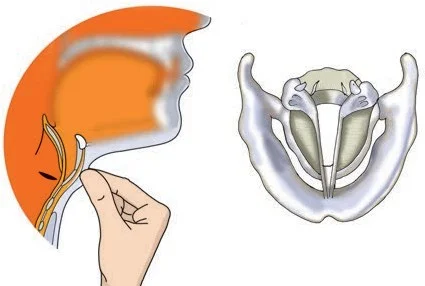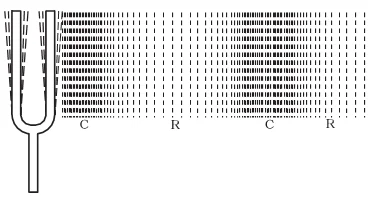![]() December 15, 2023
December 15, 2023
![]() 409
409
![]() 0
0
Everyday we hear sounds from various sources like humans, birds, bells, machines, vehicles, televisions, radios etc. Sound is a form of energy which produces a sensation of hearing in our ears. Sound is produced by vibrating objects. When an object vibrates, it creates a disturbance in the surrounding air molecules, generating a sound wave.
Production of Sound: Vibrations, Waves, and the Human Voice


Sound Waves are Longitudinal waves: Longitudinal Motion and Wave Nature
<div class="new-fform">
</div>

Latest Comments